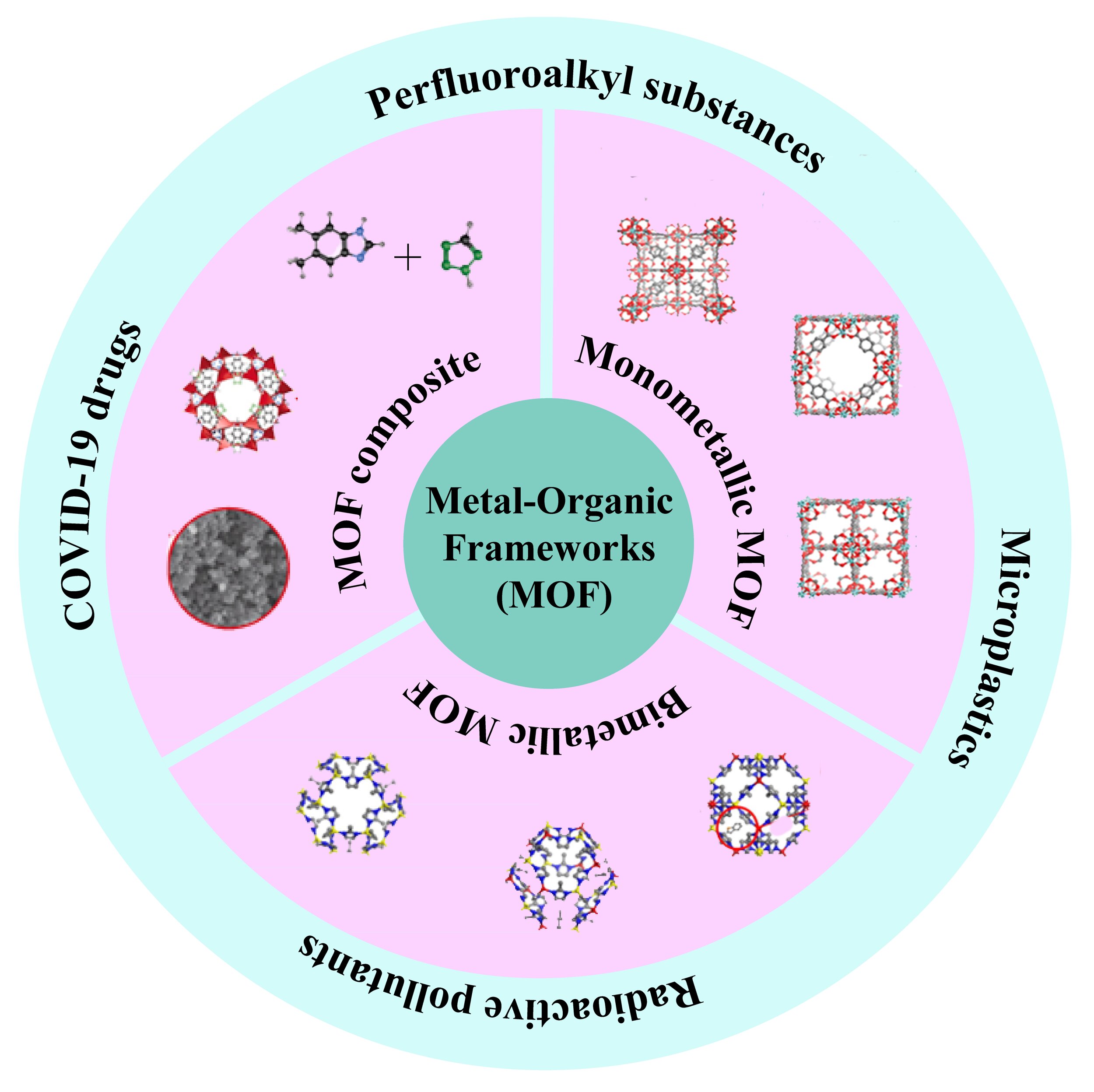博文
祝贺本科生沈蓥、康嘉伟、郭禄祺等同学合作综述论文在SCI一区TOP期刊发表
||
Recent progress on the application of MOFs and their derivatives in adsorbing emerging contaminants
Ying Shen 1, Jiawei Kang 1, Luqi Guo 1, Fan Qiu, Yang Fan *, Shupeng Zhang *
School of Chemistry and Chemical Engineering, Nanjing University of Science and Technology, Nanjing, 210094, PR China
1 These authors equally contributed to this work.
Abstract
Emerging contaminants have widely existed in terrestrial and river and lake ecosystems, and gradually bioaccumulate and amplify along the food chain, seriously threatening the survival of animals and plants and human health. Adsorption has long been regarded as one of the most promising methods to remove pollutants from wastewater. Among various adsorbent materials, metal-organic frameworks (MOFs), a new class of porous materials, are considered as an excellent adsorbent due to its high specific surface area, high porosity, high crystallinity, tunable pore size and structure, and abundant active sites. In this review, we analyze the influences of different preparation and modification methods on the structure of MOFs and the improvement of adsorption properties of MOFs and its derivatives. In addition, we focus on the emerging contaminants that pose a great threat to human life and health, and further analyze the adsorption mechanism and the factors that affect the adsorption performance. This review emphasizes the application value of the materials, summarizes the challenges faced by the application of MOFs in adsorbing emerging contaminants, and provides insights for future large-scale applications.

Shen Ying-Review-Separation Puficataion Technology.pdf
https://blog.sciencenet.cn/blog-311896-1435568.html
上一篇:祝贺本科生文圣、马钰、李思淼、陈家琦和林锦兴五位同学获得大学生创新训练计划省级课题资助
下一篇:[转载]学校钟声网报道:化学与化工学院张树鹏教授团队本科生一作发表一区SCI综述论文